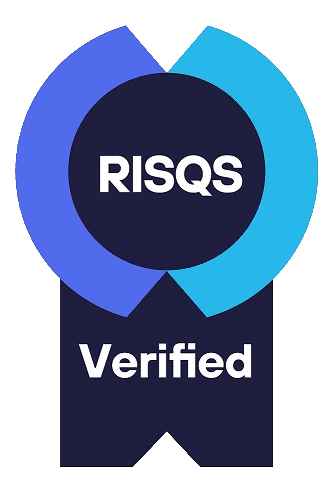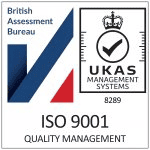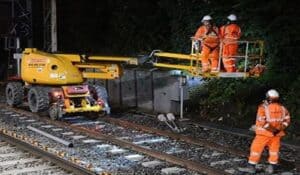

The Stafford Area Improvement Programme (SAIP), consisting of the Stafford Re-Signalling Project and the Norton Bridge Improvement project, was conducted to create extra capacity on the West Coast Mail Line (WCML) route, thereby allowing more train paths and shortening journey times. The programme will also help to reduce congestion and delays in the Stafford area by providing a more reliable railway.
SAIP has modernised Stafford and the surrounding areas by replacing and upgrading the existing systems and support infrastructure. SAIP is delivered by the Staffordshire Alliance, which is a partnership of Atkins, Laing O’Rourke, Network Rail and Volker Rail.

The Stafford Re-Signalling project delivered a number of enhancements including the construction of a new Goods Loops, increased line speeds, and the re-signalling of Stafford 4 and 5 control areas including the transfer of control to Stoke Signalling Control Centre. The Norton Bridge Improvement Project was remitted to remove the operational bottleneck in the Norton Bridge area of the WCML, and included bridge construction, grade separation works and line speed increases.
Vertex employed the following competencies during these works:
Vertex resources were centrally managed to ensure efficiency in deployment as required. This was to mitigate the risk of overuse of resource within the programme.
All resource that was deployed to the project were subject matter experts and fully conversant in the programme, this prevented any delays through learning requirements.
One New Change,
Floor 2, London,
EC4M 9AF, United Kingdom
T: +44 (0)20 7688 2828
E: enquiries@vertex-se.com
285 Madison Avenue
Suite 2200, New York
NY 10017, USA
T: +1 212-370-7319
E: enquiries@vertex-se.com
One Wharf Lane
Level 19, 171 Sussex Street
NSW 2000, Australia
T: +61 (0) 2 9252 7623
E: enquiries@vertex-se.com
Vertex Systems Engineering is the trading name of AMCL Systems Engineering Ltd.
A Turner & Townsend Company. Registered in the UK, Number: 04440268
© Copyright 2024 Vertex Systems Engineering. All Rights Reserved.




| Cookie | Duration | Description |
|---|---|---|
| cookielawinfo-checkbox-advertisement | 1 year | Set by the GDPR Cookie Consent plugin, this cookie is used to record the user consent for the cookies in the "Advertisement" category . |
| cookielawinfo-checkbox-analytics | 11 months | This cookie is set by GDPR Cookie Consent plugin. The cookie is used to store the user consent for the cookies in the category "Analytics". |
| cookielawinfo-checkbox-functional | 11 months | The cookie is set by GDPR cookie consent to record the user consent for the cookies in the category "Functional". |
| cookielawinfo-checkbox-necessary | 11 months | This cookie is set by GDPR Cookie Consent plugin. The cookies is used to store the user consent for the cookies in the category "Necessary". |
| cookielawinfo-checkbox-others | 11 months | This cookie is set by GDPR Cookie Consent plugin. The cookie is used to store the user consent for the cookies in the category "Other. |
| cookielawinfo-checkbox-performance | 11 months | This cookie is set by GDPR Cookie Consent plugin. The cookie is used to store the user consent for the cookies in the category "Performance". |
| CookieLawInfoConsent | 1 year | Records the default button state of the corresponding category & the status of CCPA. It works only in coordination with the primary cookie. |
| elementor | never | This cookie is used by the website's WordPress theme. It allows the website owner to implement or change the website's content in real-time. |
| viewed_cookie_policy | 11 months | The cookie is set by the GDPR Cookie Consent plugin and is used to store whether or not user has consented to the use of cookies. It does not store any personal data. |
| Cookie | Duration | Description |
|---|---|---|
| _ga | 2 years | The _ga cookie, installed by Google Analytics, calculates visitor, session and campaign data and also keeps track of site usage for the site's analytics report. The cookie stores information anonymously and assigns a randomly generated number to recognize unique visitors. |
| _ga_W5K5QG9YQK | 2 years | This cookie is installed by Google Analytics. |